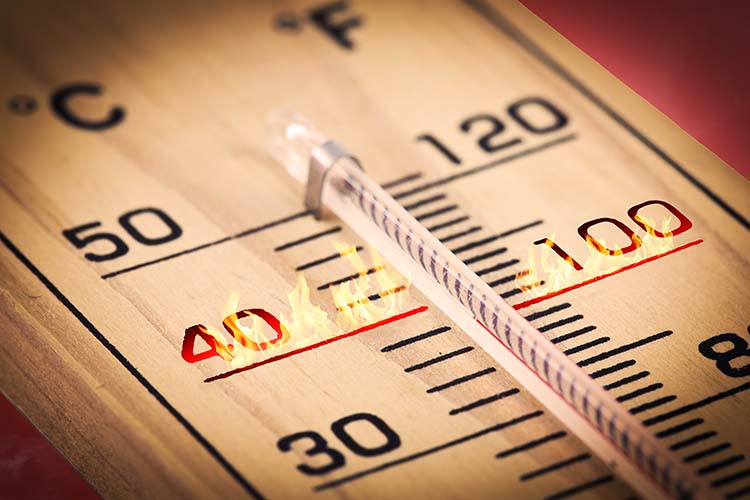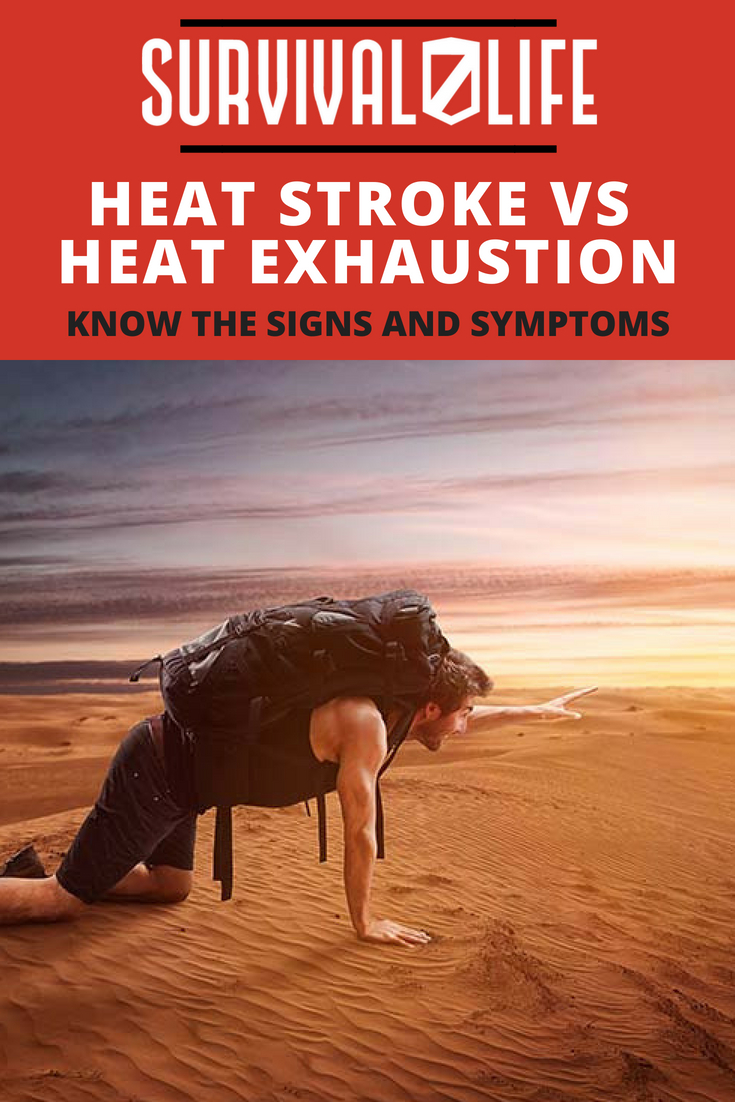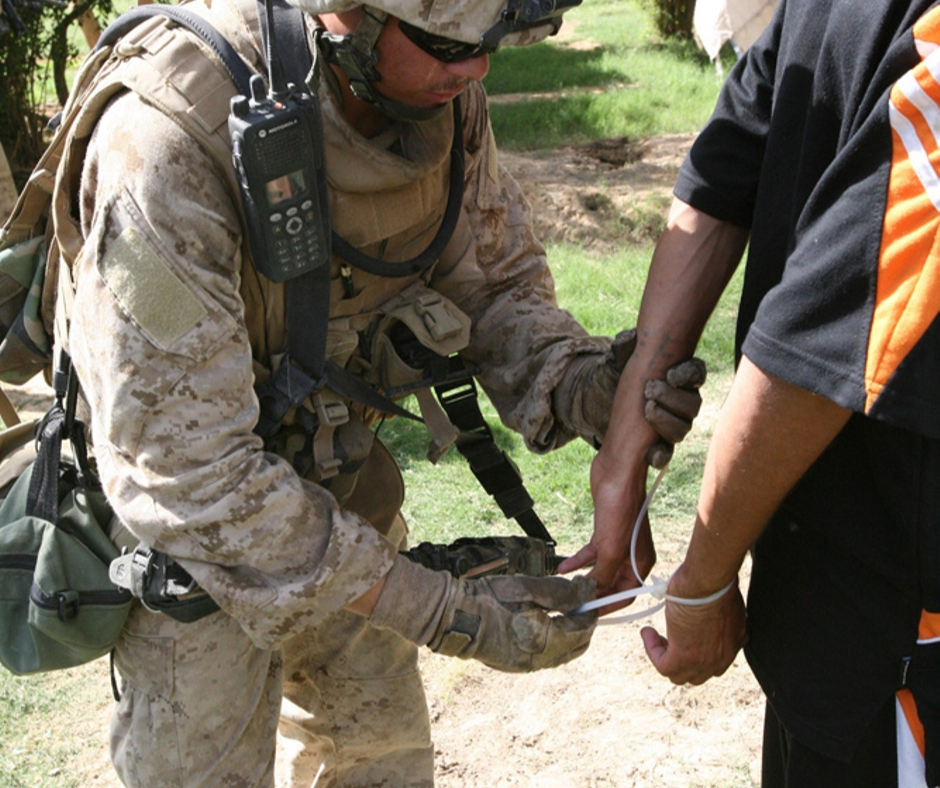Medical Care
Heat Stroke vs. Heat Exhaustion: Know the Signs and Symptoms
With the temperatures reaching triple digits this summer, it’s incredibly important to stay safe. Check out the article below to learn how to spot the signs and symptoms of heat stroke and heat exhaustion.

With the temperatures reaching triple digits this summer, it’s incredibly important to stay safe. Check out the article below to learn how to spot the signs and symptoms of heat stroke and heat exhaustion.
Heat Stroke vs. Heat Exhaustion: Know the Signs and Symptoms
The dog days of summer are here… with the weekly average temperature ranging from 99-102 and having a heat index up to 118 across many parts of the country. While it may be a perfect time to be out at the pool, beach, or at your favorite campground… it’s also INCREDIBLY DANGEROUS.
Whether you’re working outside or simply out on a hike with your family, make sure that you take precautions… heat exhaustion and heat stroke can sneak up incredibly fast. You need to know all the signs and symptoms of heat stroke so that you can avoid a fatal mistake on what should be a fun filled camping or hiking trip.
(This is also a key survival skill to know in any SHTF crisis.)
The Difference Between Heat Stroke and Heat Exhaustion
Check out the video below to learn the main differences between heat stroke and heat exhaustion.
Signs, Symptoms and Treatment Options
Heat-related illnesses have a compounding effect, and can quickly escalate from mildly uncomfortable to life-threatening. Below are the signs and symptoms you need to keep an eye on in any situation where the temperatures rise above 85°F, as well as the treatment options for each of them.
Heat Cramps
Heat cramps usually affect anyone who involved in strenuous activity. Sweating depletes your body’s natural electrolyte and moisture levels. Low salt levels in muscles causes painful cramps and are one of the first signs of a heat related illnes. Heat cramps may also be a symptom of heat exhaustion.
Symptoms include muscle cramps, pain or spasms in the abdomen, arms or legs.
First Aid for Heat Cramps:
- Drink water and have a snack and/or carbohydrate-electrolyte replacement liquid (e.g., sports drinks) every 15 to 20 minutes.
- Avoid salt tablets.
- Get medical help if the worker has heart problems, is on a low sodium diet, or if cramps do not subside within 1 hour.
Heat Rash
Heat rash is a skin irritation caused by excessive sweating during hot, humid weather. In normal situations heat rash is a minor nuisance, but in a survival situation, any skin irritation can quickly lead to an infection.
Symptoms include a red cluster of pimples or small blisters, usually on the neck, upper chest, groin, under the breasts or in elbow creases.
First Aid for Heat Rash:
- When possible, a cooler, less humid work environment is best treatment.
- Keep rash area dry.
- Powder may be applied to increase comfort.
- Ointments and creams should not be used.
Rest and Rehydrate!
If you follow these two simple rules you’ll be much more likely to remain safe, no matter what how high the temperature.
Heat Exhaustion

Heat exhaustion is the body’s response to an excessive loss of the water and salt, usually through excessive sweating. People most prone to heat exhaustion are those that are elderly, have high blood pressure, and those working in a hot environment, but given enough exposure ANYONE can succumb to heat exhaustion
Symptoms of Heat Exhaustion
- Headache
- Nausea
- Dizziness
- Weakness
- Irritability
- Thirst
- Heavy sweating
- Elevated body temperature
- Decreased urine output
First Aid for Heat Exhaustion
- Take worker to a clinic or emergency room for medical evaluation and treatment.
- If medical care is unavailable, call 911.
- Someone should stay with worker until help arrives.
- Remove worker from hot area and give liquids to drink.
- Remove unnecessary clothing, including shoes and socks.
- Cool the worker with cold compresses or have the worker wash head, face, and neck with cold water.
- Encourage frequent sips of cool water.
For a more in depth look at heat exhaustion CLICK HERE.
Heat Stroke
Heat stroke is the most serious heat-related illness. It occurs when the body becomes unable to control its temperature. During heat stroke, the body’s temperature rises rapidly, the sweating mechanism fails, and the body is unable to cool down. When heat stroke occurs, the body temperature can rise to 106°F or higher within 10 to 15 minutes. Heat stroke can cause death or permanent disability if emergency treatment is not given.
Symptoms Of Heat Stroke
- Confusion, altered mental status, slurred speech
- Loss of consciousness (coma)
- Hot, dry skin or profuse sweating
- Seizures
- Very high body temperature
- Fatal if treatment is delayed
First Aid For Heat Stroke
Call 911 for emergency medical care.
- Stay with worker until emergency medical services arrive.
- Move the worker to a shaded, cool area and remove outer clothing.
- Cool the worker quickly with a cold water or ice bath if possible; wet the skin, place cold wet cloths on skin, or soak clothing with cool water.
- Circulate the air around the worker to speed cooling.
- Place cold wet cloths or ice on head, neck, armpits, and groin; or soak the clothing with cool water.
For a more in-depth look at heat stroke CLICK HERE.
Source: http://www.cdc.gov/niosh/topics/heatstress/heatrelillness.html

For awesome survival gear you can’t make at home, check out the Survival Life Store!
-

 Do It Yourself7 months ago
Do It Yourself7 months agoParacord Projects | 36 Cool Paracord Ideas For Your Paracord Survival Projects
-

 Do It Yourself9 months ago
Do It Yourself9 months agoHow To Make Paracord Survival Bracelets | DIY Survival Prepping
-

 Do It Yourself9 months ago
Do It Yourself9 months ago21 Home Remedies For Toothache Pain Relief
-

 Do It Yourself10 months ago
Do It Yourself10 months agoSurvival DIY: How To Melt Aluminum Cans For Casting
-

 Exports8 months ago
Exports8 months agoAre Switchblades Legal? Knife Laws By State








Pingback: Heat Stroke: Signs, Symptoms and Prevention | Survival Life
Pingback: Beat the Heat Without AC: 10 Summer Survival Tips
Pingback: Heat Stroke vs. Heat Exhaustion: Know the Signs and Symptoms | Preparedness Tips... | cupbord
Pingback: How to Spot Signs and Prevent Heat Exhaustion | Survival Life